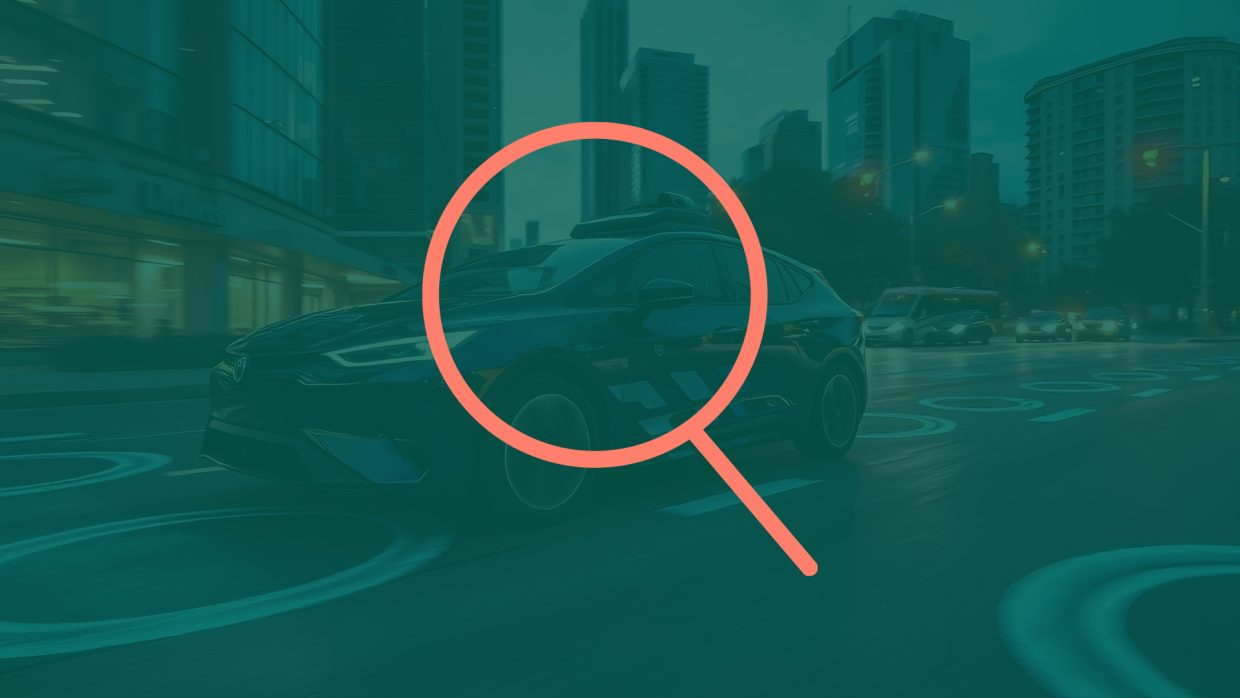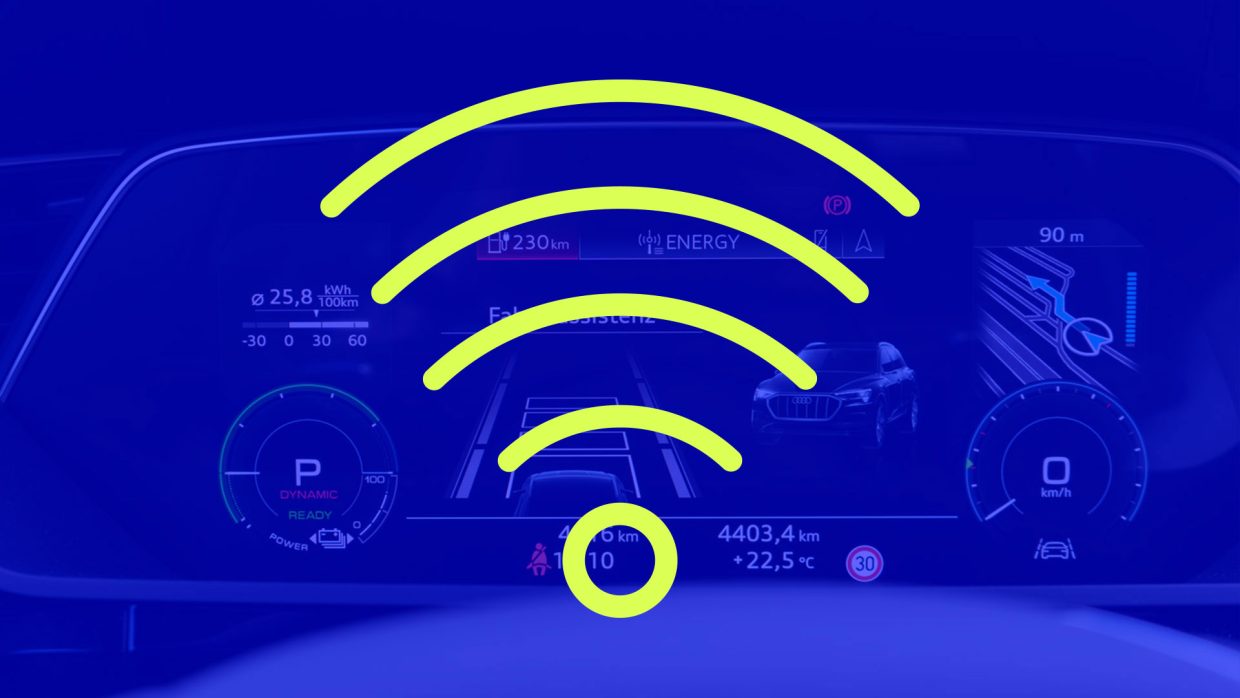Electric vehicles (EVs) represent a pivotal solution to addressing climate change and decarbonizing the transport sector. However, the production of EV batteries remains energy-intensive and contributes significantly to the overall carbon footprint of electric vehicles. Earlier analysis indicates that EVs achieved carbon parity with combustion vehicles only after driving 80,000-120,000 km with the current EU electricity mix (40,000-70,000 km with 100% renewables in use phase), depending on battery size and production parameters.
This paper investigates the primary sources of emissions along the battery value chain—from material sourcing and production to recycling—and identifies opportunities for significant reductions. Regulatory frameworks, such as the EU Battery Passport, alongside technical advancements like renewable energy integration, innovative production methods, and enhanced recycling, provide a pathway to achieving substantial decarbonization. By optimizing these processes, emissions from battery production could decrease from the current ~55 kg CO2e/ kWh to as little as ~20 kg CO2e/kWh1. Hence, the break-even for an exemplary EV compared to combustion engine vehicle will be met already after ~50,000 km driving (for current EU electricity mix) or even <30,000 km when charging with 100% renewable energy instead of ~95,000 km2. This will become increasingly relevant in EU from 2028 where cell manufacturers will be legally required to reduce CO2e emissions below certain thresholds and could become a key differentiator for players along the battery value chain.
Download the complete white paper with all insights here:









